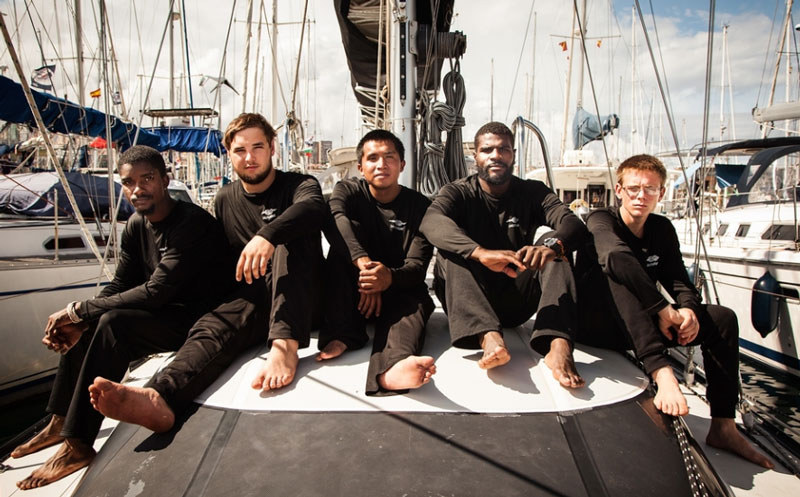
One Last Record in 2015
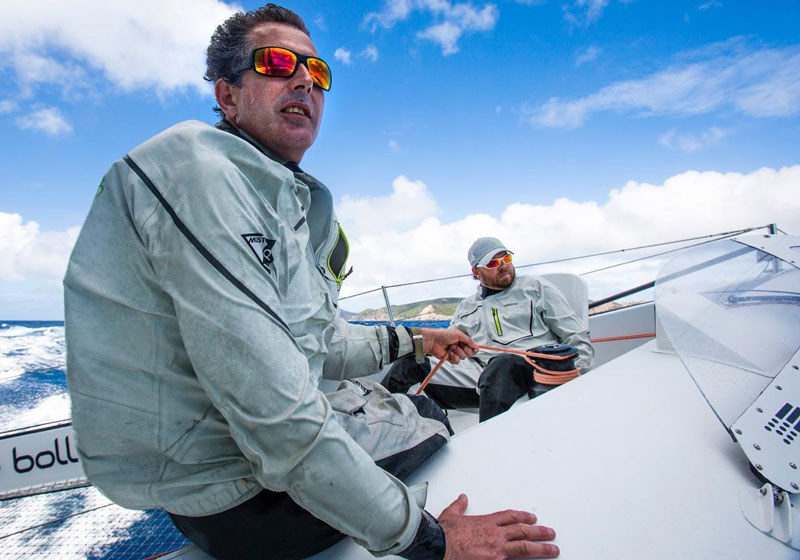
©Latitude 38 Media, LLC
Lloyd Thornburg’s MOD70 Phaedo3 broke one last record in 2015 by setting a new time of 1 hour and 5 minutes for rounding the Caribbean island of St. Barth on New Year’s Eve. With a maximum speed of 39 knots and rarely going below 30 knots downwind, the trimaran won the coveted cup for the St. Barth New Year’s Eve Parade. The accumulation of this year’s results has placed Thornburg in the running for US Sailing’s Rolex Yachtsman of the Year award.
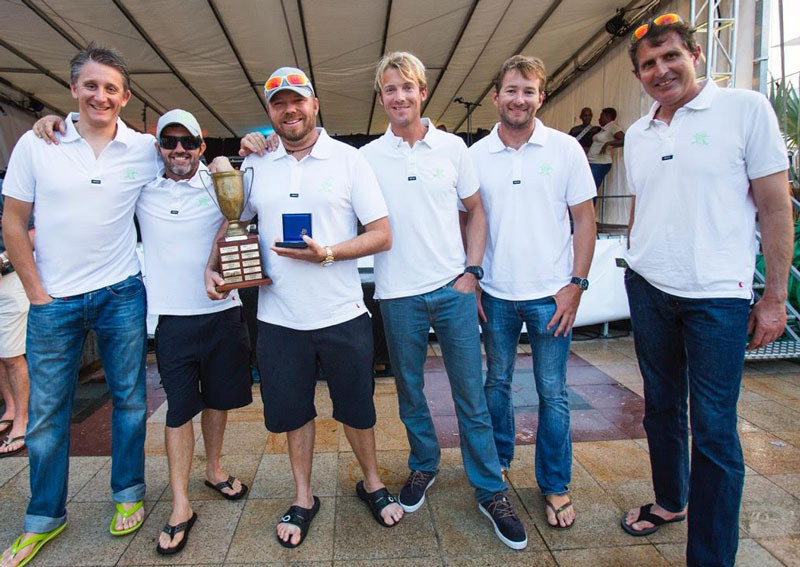
Reflecting on his amazing season, Thornburg says, "I think we were crazier than we thought we were." Now the team is prepping Phaedo3 to be even faster in 2016.
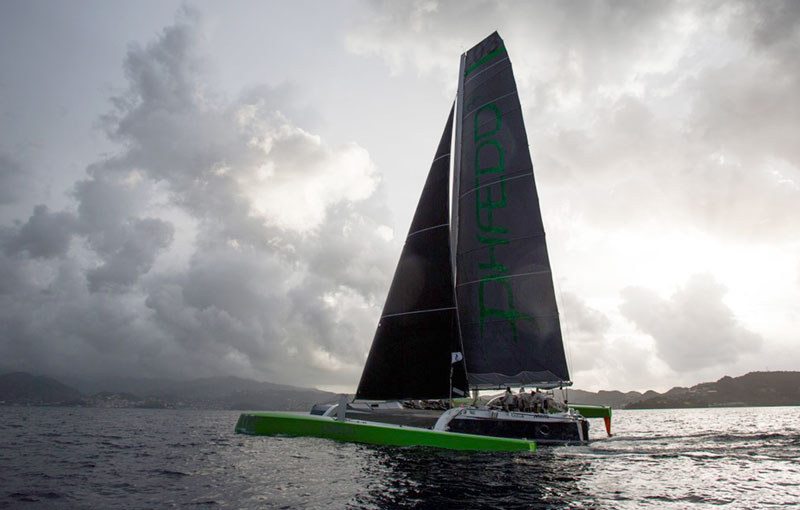
- Antigua to Newport: 3 days, 5 hours, 54 minutes, 49 seconds
- Fastnet Original Course: 27h 42m 29s
- Plymouth to La Rochelle: 14h 5m 27s
- Cowes to Dinard: 4h 49m 51s
New course records set:
- RORC Caribbean 600 2015: 33h 35m 30s
- Heineken Race Week 2015 (around St. Maarten long course): 2h 7m 24s
- Official Around St. Maarten record: 1h 30m 19s
- Les Voiles de St. Barth Regatta (long race): 1h 53m 35s
- Guadeloupe to Antigua: 1h 27m 0s
- Around Antigua: 3h 26m 9s
- Around Redonda: 5h 18m 58s
- Around Jamestown, Rhode Island: 56m 33s
Fastest elapsed times:
- 2015 Transatlantic Race: 7d 2h 4m
- RORC Transatlantic Race: 5d 22h 46m
- Rolex Middle Sea Race: 2d 11h 29m
Autopilot ‘On Watch’ Yields Disaster
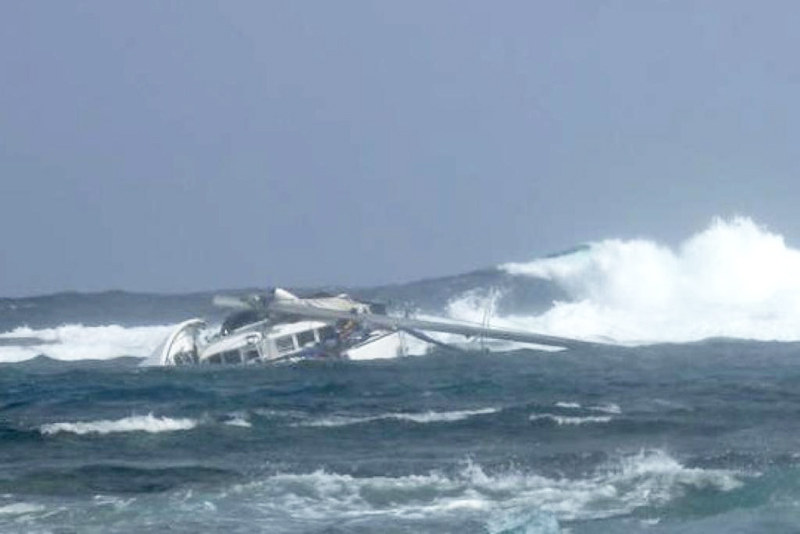
If your boat is equipped with an autopilot, you know what a valuable resource this ‘electronic crewmember’ can be — especially when you’re shorthanding. But too much reliance on an autopilot can lead to complacency within a crew — and that can lead to disaster. A case in point was reported last week by a British backpacker named Emma Tryon, who nearly lost her life while traveling from Colombia to Panama on the charter catamaran Nacar 1. In the middle of the night it slammed into a reef off the San Blas Islands. You guessed it, the only crewman on watch — the captain — had fallen asleep with the autopilot on.
Here are excerpts from Emma’s report: "The Darien gap between Colombia and Panama is renowned for drug traffickers and kidnappings. So, surely, a licensed, rather pricey boat trip with an international company is a better option, right?
"I awoke at 3 a.m. to a thick thud and water hurtling through the overhead hatch. I was sure it was only high waves and wiped the unwanted seawater from my face. The ship was shuddering quite violently as I sat up. It looked as though the door in our claustrophobic box cabin had fallen to the floor. Startled and confused, I took a closer look. My stomach sank as I realized that that was actually the floor breaking away and rising. Then came the most fear-inducing words, ‘Life jackets, grab your life jackets.’
"… The boat was sinking rapidly and we knew we had moments to gather people, life jackets, anything that floats and drinking water. A sobering moment for [my husband] Pete was when he threw his laptop from his bag in exchange for a half-full water bottle. Value, as you know it, changes beyond recognition.
"The lights flickered and went out, I could hear the captain shouting that they had lost the liferaft. The waves were dragging and thrashing everyone around, it felt as though everything had gone into slow motion as I looked around at people’s faces, now lit only by spare torch light."
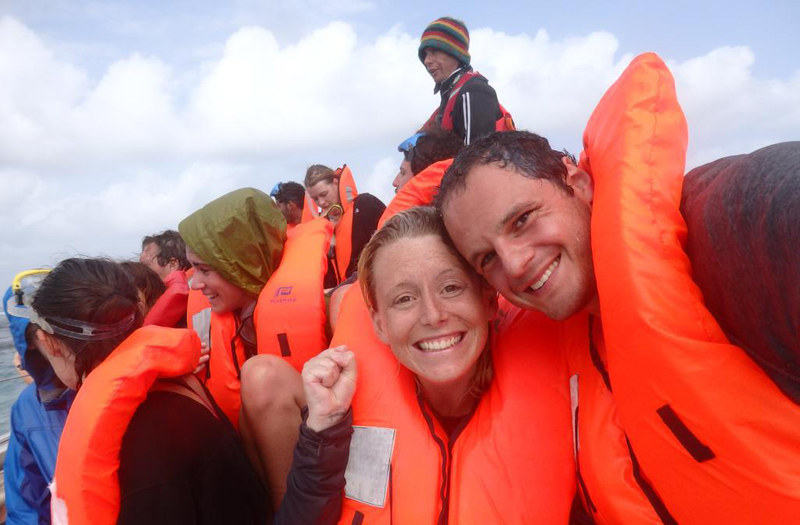
Soon after the crew told their young passengers that the big cat would probably sink within a few minutes, they discovered that they had actually grounded on a reef-strewn rocky ledge. So everyone gathered on the highest part of the hulls.
"The three-hour wait for sunrise felt like a timeless eternity… I was desperate for it to get light, believing it would be better as we could see and better assess our situation. Alas, this was my lowest point. As it became light, you could better see the colossal height of the waves that were crashing down onto rock only meters away from where we were. Seeing the force of these 15-foot waves draw back powerfully and crash down of the edges the offshore table reef made me feel dizzy for a moment. I had to choose not to fixate on how it would simply smash you to pieces if you got caught up in it."
But this story did have a relatively happy ending, as an open fishing boat eventually arrived with three rescuers from the local Kuna Indian settlement. "The reef was so dangerous; they had to circumnavigate it for some time before working out how to get across. They owed us nothing, yet, the Kuna fishermen swam into the raging waves on the reef edge, using harpoons to steady themselves as they neared our wreck." Four of the backpackers swam to safety with the Kunas, and later Emma and the others were able to make their way through the reef to a military vessel waiting outside it.
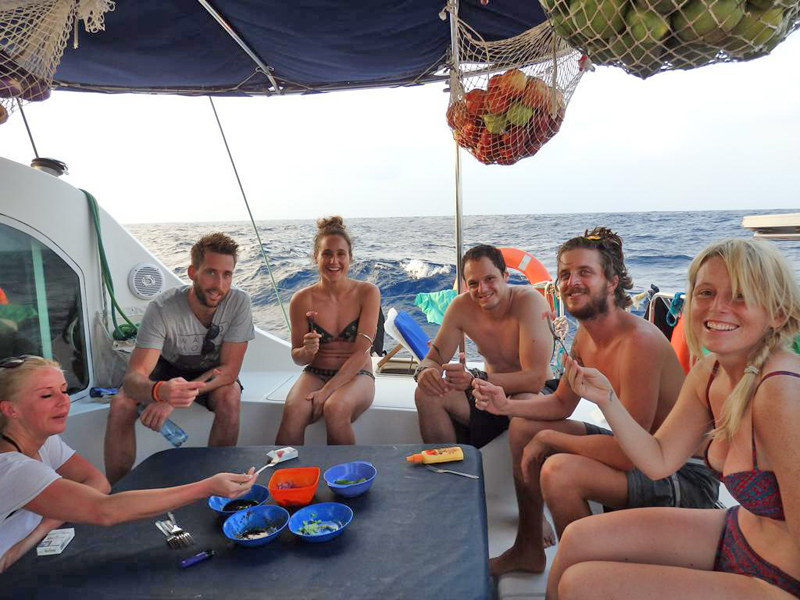
Young Emma shared these thoughts about her experience: "You never think you will be the one to live through many people’s worst nightmare. But, humanity is found in the darkest of places and bleakest of moments. Not a single passenger was selfish, at one point an apple floated by and we just picked it up and shared it. You can choose to survive; you can choose to be selfless and you can choose to pull together."
Sailing for a Future
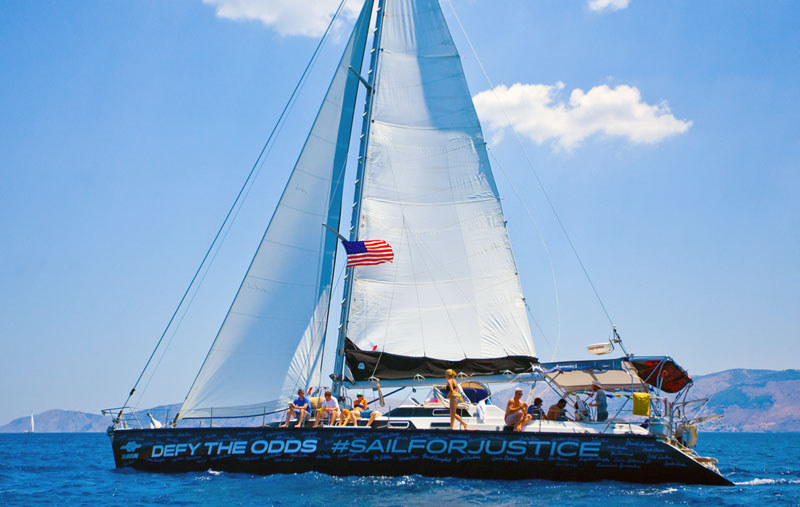
What does society do with young people convicted of breaking the law? Locking them up in Juvenile Hall is one answer. SailFuture has another idea. They offer youth offenders a way out. During a five-month sailing Odyssey, eight youths live and work aboard a MacGregor 65 racing sailboat named Defy the Odds. The new sailors spend 100 days and 2,000 miles at sea. While in port, they spend mornings working on their GEDs, afternoons performing service projects and receiving vocational training, and evenings in counseling. The program is based in Florida, but participants come from all over the country. Recent crew include two teenagers from Los Angeles.
This January-April, SailFuture is raising funds by offering their MacGregor for sailing vacations in the Caribbean. "Flights are affordable, and a $1,200 donation covers all of your food, beverages (adult and non-alcoholic) and accommodations for the week," writes Mike Long of SailFuture. Charterers can choose to race in the Caribbean 600, Heineken Cup or BVI Spring Regatta, or spend a week relaxing in the Virgin Islands.
The manager of SailFuture’s ‘Vacations with a Purpose’, Dee Davis, is actually a graduate of the program. "It’s easy to prejudge my peers and me, and not want to offer us a second chance," says Davis. "SailFuture and all of its supporters are that second chance. I have no doubts that with the right guidance and support, you will watch us excel as our journey unfolds."
